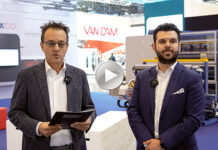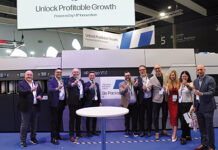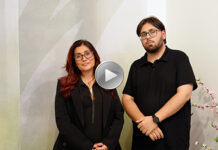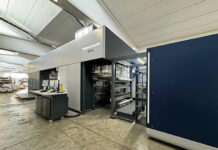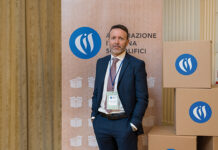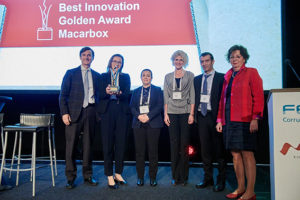
The most prestigious FEFCO prize was for Best Innovation, the Gold Award went to Macarbox for the development of a new machine for toolless cutting, a novelty in the corrugated industry. The laser cutter and creaser combines perfectly with digital printing, and allows the industry to operate in extremely short lead times.
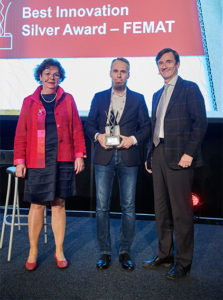
The Silver Award went to FEMAT for the development of software that predicts the strength of the boxes, thus reduces both testing time as well as manpower, energy and materials needed.
FEFCO Secretary General Angelika Christ said the awards showed how fast the corrugated industry was moving to stay ahead of the latest developments in technology, business and society. “This is an industry that is adapting and evolving. As these awards show, we are developing new ideas to make corrugated more efficient, more creative and more sustainable than ever before,” she said.
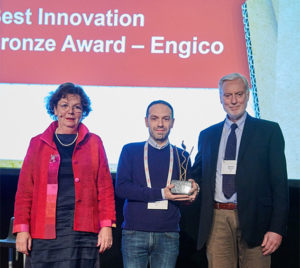
The Bronze Award went to Engico for the presentation on “the Dual size changes paradigm in corrugated” which combines two machines in one and offers fast change and production flexibility.
The Health and Safety Award was given to Dücker, for Sensorless Muting Solution for Safety Fencing. This rewards the improvements made in machine safety which is a crucial element in accident prevention as many incidents can be prevented by designing, installing, operating and maintaining safer machines.
The Sustainability Award went to Lemtapes for the replacement of plastic tapes with cellulose-based tapes.
The Best Presentation Award, out of some 60 six-minute spotlights delivered during the Geneva seminar, was won by Robert Karimov, from Karimov, who was praised “for explaining complicated things in a simple, entertaining way”.
And the most Inspiring New FEFCO Member Award went to AVCO, who developed a camera inspection system with many applications.
FEFCO’s also announced a Lifetime Achievement Award for Norbert Städele, the recently retired former managing director of BHS Corrugated. He was honoured for his work “in realising concepts and development on the corrugator. These developments enabled substantial improvement of productivity and turned trends into reality such as lightweight papers, automatization 4.0 and the integration of digital printing on the corrugator”.




